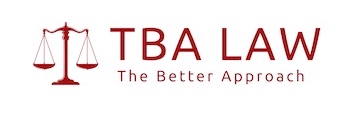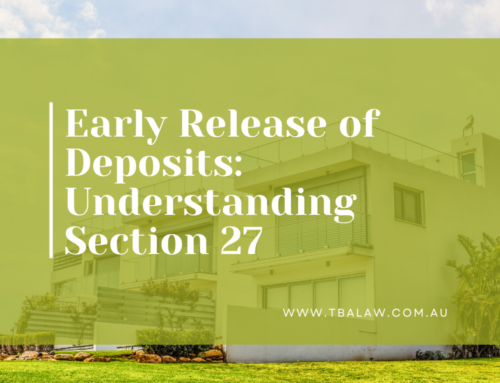Removing Hostile Caveats
by Ivy Casquejo
Owning a property brings a sense of accomplishment and confidence. However, it also terrifying to know that someone maybe interested on your property without your knowledge and eventually lodged a caveat.
A caveat on property serves to warn anyone dealing with that property that someone or caveator has a priority interest in that property. It is used to register the caveator’s interest in that land title that would not otherwise be reflected on the title. A caveat can be considered ‘hostile’ when the grounds for lodging the interest is contentious and without justification.

To remove a hostile caveat, the property owner must take legal action to challenge the caveator’s right to lodge the caveat. The property owner may want to initially issue a letter of demand to the caveator to withdraw the caveat. This gives the parties opportunity to resolve the issue in a cost-effective manner but also putting notice to the caveator that you intend to take the matter further if necessary.
However, should the caveator fails to act on the demand, there are two formal methods for dealing with a hostile caveats:
1. Application to the Registrar; or
2. Application to the Supreme Court
Application to the Registrar
A property owner affected by a caveat can make an application to the Registrar for the removal of caveat. It is mainly administrative process. Upon receipt of the application, the Registrar will issue a notice to the caveator informing them that caveat will be removed from the title on the nominated timeframe unless the caveator issue proceedings to substantiate their caveatable interest. If the caveator fails to take action, then the caveat will subsequently lapse and be removed.
Application to the Supreme Court
Alternatively, the property owner may issue proceeding in a Court against the caveator for the removal of the caveat. It is the caveator who bears the burden of proof as to the validity of the caveat. The Court may then make such order as the Court thinks fit and which may potentially include order for payment of compensation to a person who suffers loss because of a caveat having been lodged without reasonable cause.
It is important to note that the process of removing a hostile caveat can be complex. It is recommended to obtain legal advice to assess the facts and circumstance and ensure that the caveat is successful removed from the property title.
We at TBA Law look forward to helping you if you would like more information or need assistance in removing hostile caveats or caveats in general.
Get in touch with our team at 1300 043 103 or send an email to admin@tbalaw.com.au.






Leave A Comment